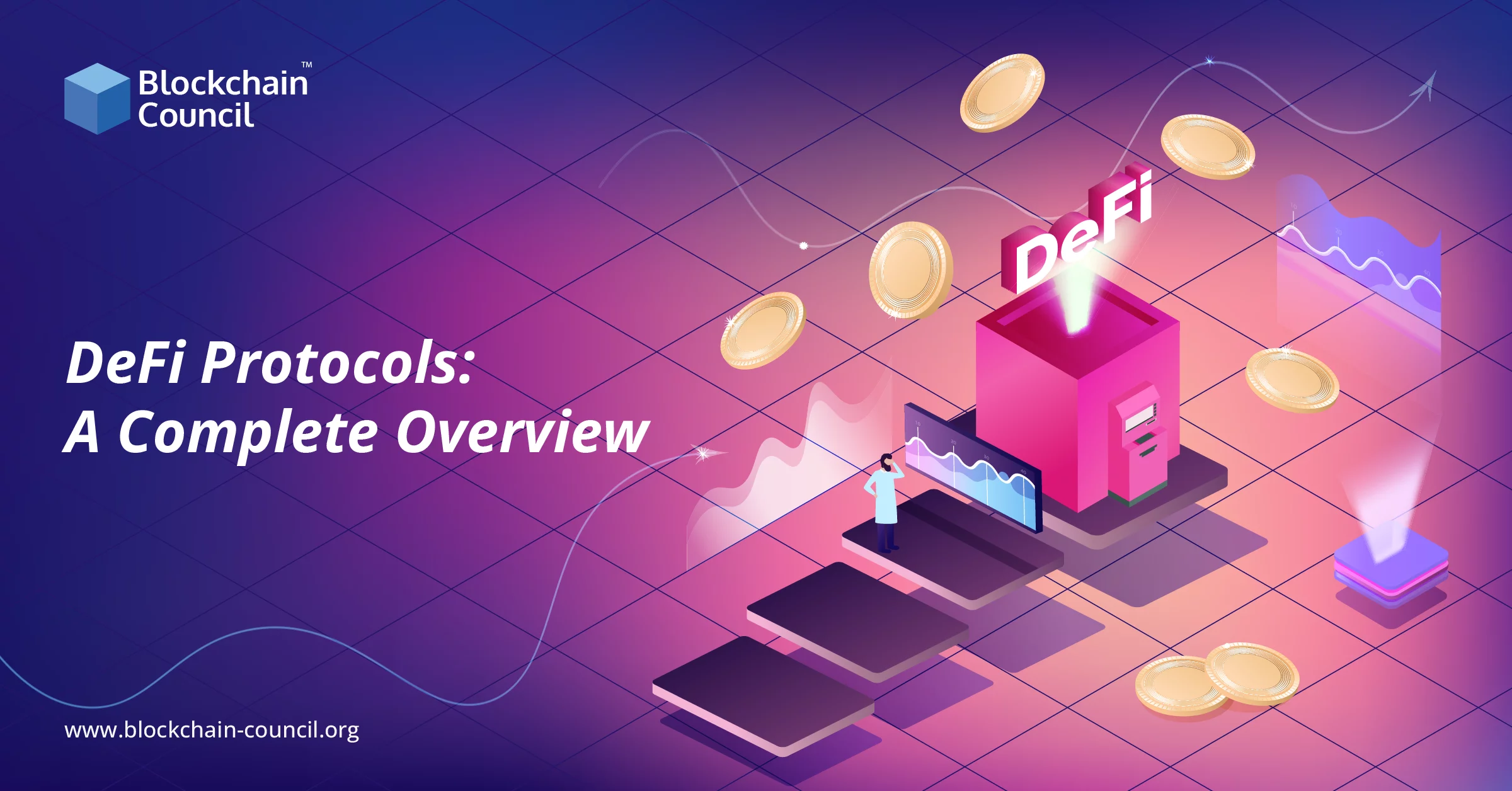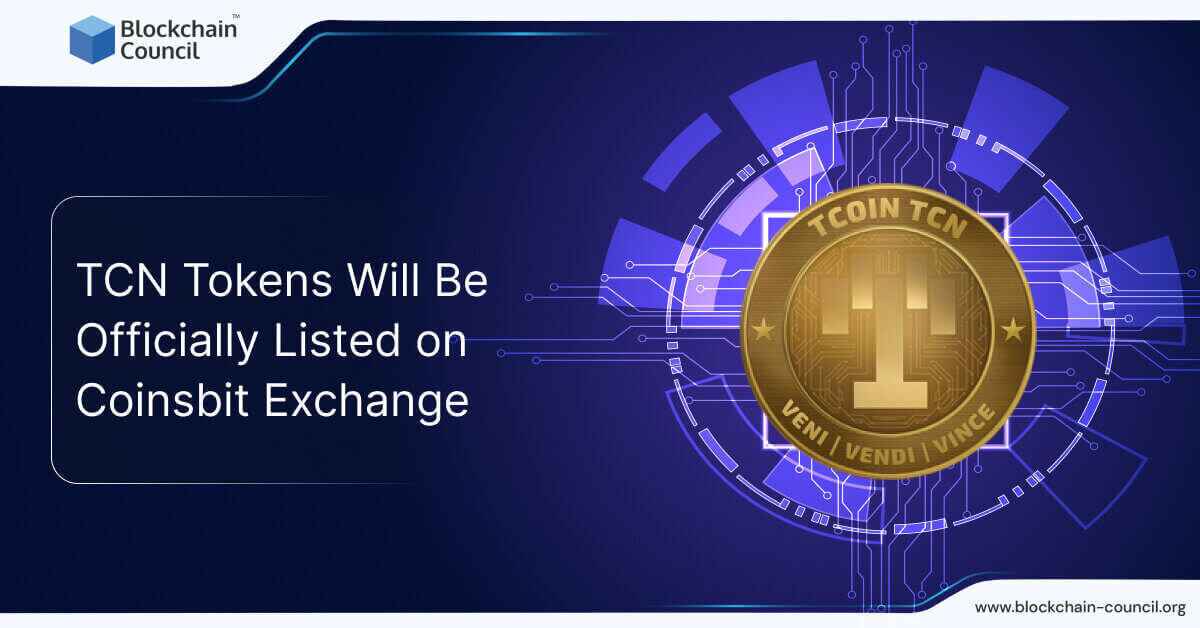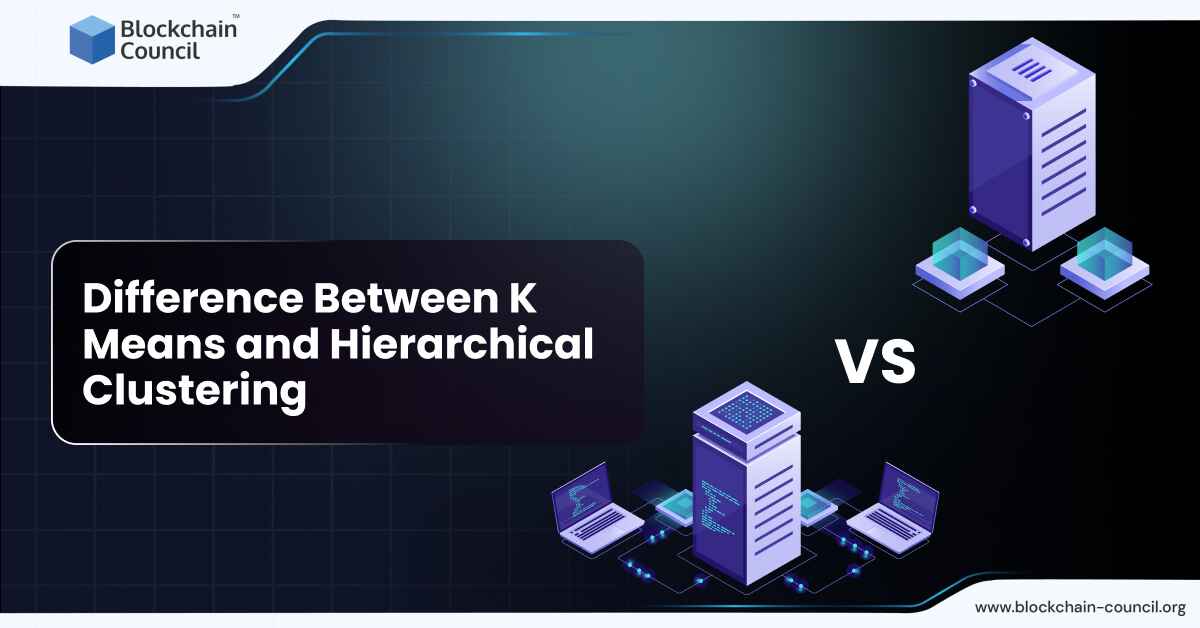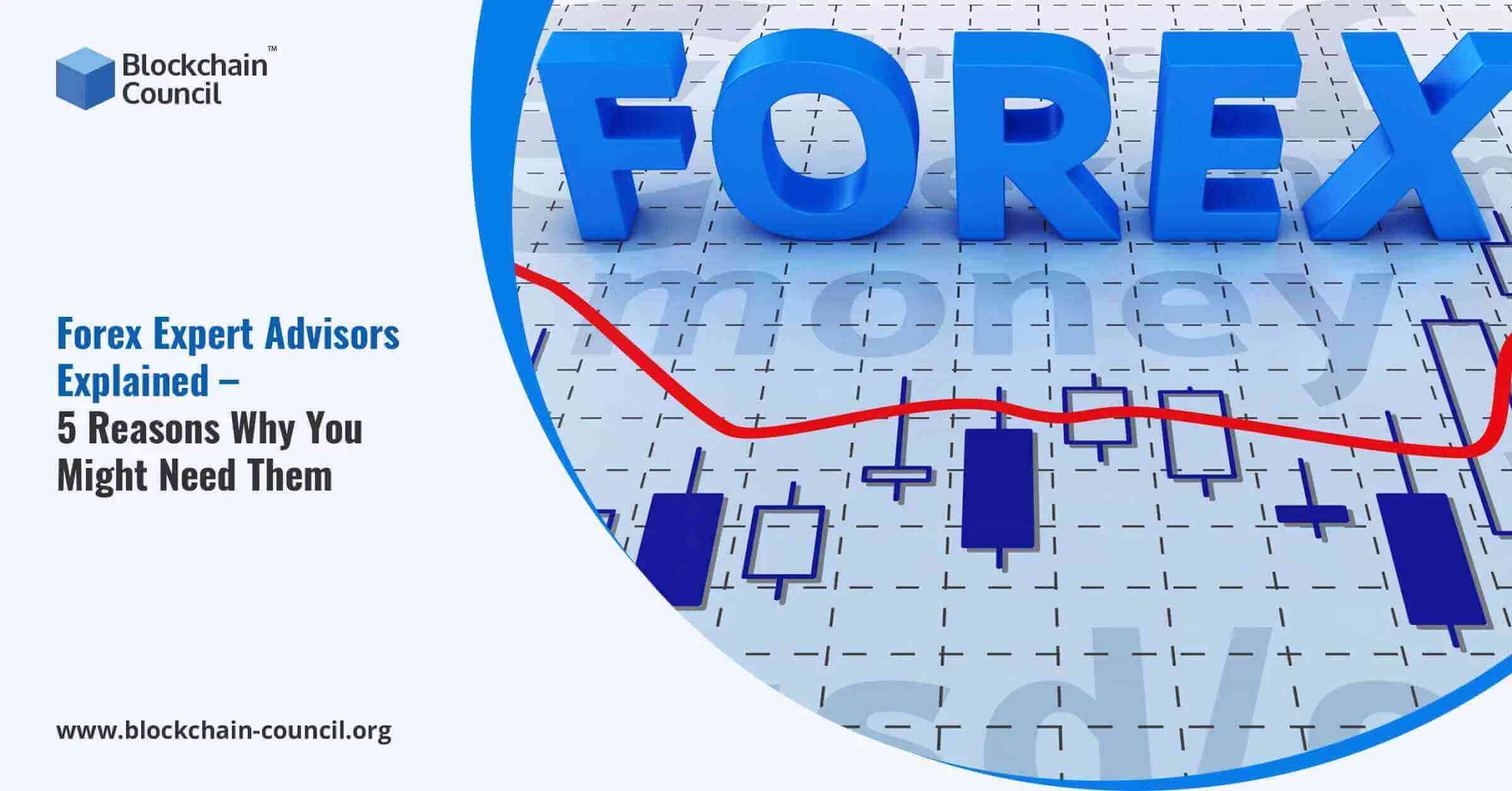
- Ayushi Abrol
- May 28, 2024
Decentralized Finance (DeFi): Definition
Decentralized finance (DeFi) technology is a new financial technology based on distributed ledgers similar to those used in cryptocurrencies. Banks and institutions no longer control money, financial products, and financial services..
Understanding DeFi protocols requires understanding the definition of decentralized finance. Peer-to-peer financing, also known as decentralized finance, refers to the transition from conventional, centralized financial systems to peer-to-peer funding. In addition to tokenized digital currency and stablecoins, the DeFi ecosystem has successfully created a lending and borrowing platform. Over time, the DeFi landscape has evolved into a massive network with integrated financial instruments and protocols..
Defining DeFi protocols
There has been a tremendous growth of the best DeFi protocols in the past years. The revenue DeFi market is projected to reach $26,170 million in 2024 alone, making it one of the most promising years for the company. DeFi protocols are specialized autonomous programs that have been designed to address issues related to the traditional finance industry. The DeFi protocol aims to change this situation for more than half of the world’s population without access to a bank account.
The development of DeFi protocols will enable the introduction of more financial instruments. By now, many DeFi protocols have formed an integral part of a complex ecosystem with numerous notable tokens and projects. Due to the substantial rise in the value of DeFi protocols, startups in this area see opportunities.
A nascent industry with access to a huge financial market could soon be on the verge of tapping into more than 50% of the world’s population without a bank account, and venture capital firms are taking note.
In addition to offering lending solutions, these projects create liquidity between multiple Blockchains and create on-chain assets such as stocks and shares to encourage cryptocurrency adoption.
Many potential risks are associated with the space since it is still in development. This article will discuss some of the significant projects in space, their purpose, their financial backing, and their weaknesses..
Components of DeFi
Decentralized Finance (DeFi) comprises a variety of components, each playing a crucial role in its ecosystem. Here’s a breakdown:
1. Smart Contracts
Smart contracts are automated contracts with the terms of the agreement directly coded into them. They execute automatically when predetermined conditions are met, eliminating the need for intermediaries and enabling trustless transactions. Smart contracts are foundational to DeFi, governing the rules and execution of financial transactions on the Blockchain.
2. Oracles
Oracles serve as bridges between Blockchains and the real world, providing smart contracts with external data that’s crucial for their execution. They play a vital role in DeFi by fetching data from outside the Blockchain, such as price feeds, weather data, or even election results, and feeding it into smart contracts. This allows DeFi applications to interact with the real world in a trustless manner.
3. Tokens
Tokens are digital assets that can represent a wide range of values and rights within the Blockchain. In DeFi, tokens are used as mediums of exchange, collateral, or to represent ownership in a protocol. They are essential for creating the ecosystem of value transfer that DeFi operates within.
4. Decentralized Applications (DApps)
DApps are applications that run on a Blockchain or P2P network of computers instead of a single computer. They are the user-facing end of DeFi, providing access to financial services such as lending, borrowing, or trading without centralized control. DApps offer an intuitive way for users to interact with DeFi protocols through web interfaces or mobile apps.
5. Decentralized Exchanges (DEXs)
DEXs allow users to trade cryptocurrencies directly with one another without the need for an intermediary. They are built on Blockchain technology and utilize smart contracts to facilitate trading, offering a permissionless and decentralized alternative to traditional, centralized exchanges.
6. Lending Platforms
DeFi lending platforms enable users to lend out their cryptocurrencies to earn interest or borrow cryptocurrencies by providing collateral. This is achieved through smart contracts that automate the lending and borrowing process, including the determination of interest rates and the liquidation of collateral if a loan is not repaid.
7. Yield Farming and Liquidity Mining
Yield farming involves users providing liquidity to DeFi protocols in exchange for interest or rewards, often in the form of tokens. Liquidity mining is a similar process where users earn additional rewards, typically the native token of a protocol, by supplying liquidity to facilitate trading or lending services.
8. Decentralized Physical Infrastructure Networks (DePIN)
DePIN is transforming how physical infrastructure is managed and operated by using Blockchain technology for decentralized control. This approach incentivizes the development of global, distributed physical assets, integrating the Internet of Things (IoT) into the Web3 ecosystem.
9. Restaking Protocols
These protocols are changing the yield farming landscape by allowing users to lock up liquid staking tokens to earn additional yields. This development is especially relevant as Ethereum moves from proof-of-work to proof-of-stake, adding a new utility layer and attracting more engagement.
10. Security and Regulation
With DeFi’s rising prominence, enhancing security measures and complying with regulatory frameworks have become essential. These efforts aim to protect the ecosystem’s integrity, ensuring its sustained growth and adoption.
The Transition from DeFi v1 to DeFi v2
The evolution from Decentralized Finance version 1 (DeFi v1) to Decentralized Finance version 2 (DeFi v2) marks a pivotal shift in the landscape of decentralized finance. DeFi v1 was characterized by highly incentivized ecosystems, offering artificial, unsustainable yields that, over time, led to challenges in maintaining investor interest due to dwindling returns and increasing security risks. These initial offerings, while innovative, often resulted in complex, monolithic structures that were difficult to navigate and prone to security vulnerabilities.
In contrast, DeFi v2 has emerged with a focus on addressing these shortcomings by moving towards more granular, utility-driven models. This includes the introduction of “DeFi micro-primitives,” which allow for the creation of more sophisticated functionalities through the combination of simpler, more focused components. The shift also emphasizes improving security and sustainability within the ecosystem. Furthermore, DeFi v2 aims to broaden its appeal beyond the crypto-native audience, targeting institutional investors with enhanced financial services like risk management and structured products, thereby potentially lowering the entry barriers for these entities.
DeFi Protocols And Their Importance
To reflect on a DeFi protocols list, it’s essential to have a technical understanding of the same. The protocol is defined as rules or standards that govern a specific task or activity. DeFi protocols may include rules and principles aligned with real-world institutions for industry participants.
Blockchain technology allows for increased financial security and transparency, opening up new liquidity and growth opportunities and an integrated and standardized economic system through decentralized finance.
Programmability
Smart contracts are highly programmable and allow for the creation of new financial instruments and digital assets.
Transmutability
The decentralized architecture provides tamper-proof data coordination, enhancing security, and audibility.
Integrated information exchange
With Ethereum’s composable software stack, DeFi protocol and applications are constructed to be integrated and complementary. Utilizing DeFi, product teams and developers can build on top of established protocols, customize interfaces, and integrate third-party applications. These reasons account for the nickname “money Legos” given to DeFi protocols.
Managing transparency
Every transaction on the Ethereum network is broadcast to other users and verified by them. Ethereum addresses are encrypted and pseudo-anonymous keys. In addition to providing rich data analysis, this level of transparency about transaction data also makes network activity available to anyone. Also, Ethereum and the DeFi protocols running on it have open-source code that can be viewed, audited, and developed by anyone.
Unpermitted
By contrast with traditional finance, DeFi is defined by openness and permission-lessness, anyone with a crypto wallet and an Internet connection can access DeFi applications built using Ethereum regardless of their geography.
Self-Control
Participants in the DeFi market always retain ownership of their assets and control their data by interacting with permissionless financial applications and protocols using Web3 wallets like MetaMask.
Describing DeFi’s Workings
Cryptocurrencies use Blockchain technology for decentralized finance. Blockchains are distributed and secure databases. Transactions and Blockchain operations are handled using decentralized applications (dApps).
Each Blockchain block contains information about a transaction verified by other users. Upon agreement among these verifiers regarding a transaction, the block is closed and encrypted; a new partnership is created with information about the previous block within it.
The information in each successive block is linked together to form the Blockchain, hence its name. It is impossible to change information in previous blocks without affecting the following blocks, so a Blockchain cannot be altered. Together with other security protocols, this concept contributes to its substantial secure nature.
Using your decentralized finance application, a DeFi application will match you with peers that meet your loan needs (dApp). A lender’s terms would then need to be agreed upon, and the loan would be processed.
Blockchain records transactions, but you don’t receive your loan until the consensus mechanism has verified them. The lender can begin collecting payments from you at the agreed-upon intervals. Whenever you make a payment via a dApp, the payment follows the same procedure on the Blockchain; the funds are ultimately transferred to the lender.
DeFi Currency
DeFi is a cryptocurrency-based payment system. The concept focuses on stablecoins, cryptocurrencies backed by an entity or tied to fiat currency like the dollar. Since the technology hasn’t yet been fully developed, it’s difficult to say how existing cryptocurrencies will be implemented, if at all.
DeFi protocols are primarily designed for borrowing and lending applications in the financial sector. There is no doubt that this is one of the main reasons for learning more about top DeFi protocols and their capabilities. Nonetheless, it is also important to point out that the DeFi ecosystem is still under development, and many of the projects have significant risks. Now let’s look at a few of the DeFi protocols that can help you get to know DeFi better.
AAVE
In the DeFi landscape, Ave is one of the most popular and leading lending protocols. Besides providing security for the protocol, it also enables users to participate in its governance with the native token AAVE. Users can stake AAVE tokens through the Safety Module to achieve AAVE rewards.
yEarn
Another top mention goes to yEarn, among the best DeFi protocols. There are several options for yield farming available through this automated liquidity aggregator. YFI, yEarn’s native token, handles governance of the protocol. Users could stake YFI tokens to participate in the protocol governance and to claim a pro-rata share of the protocol fees.
Uniswap
The UniSwap protocol is also one of the leading DeFi protocols today. As of right now, it is the most popular decentralized exchange in the DeFi space. Offering liquidity to certain pools allows users to earn UNI, the native token. Uniswap will offer 15% of its supply to previous users starting in September 2020 by introducing the “Universal Basic Income” program.
Synthetix
Following Synthetix, the following notable protocol on this list would be DeFi. The protocol has its native token, SNX, making it one of the most prevalent derivatives protocols. Synths, which are new derivatives to be minted, are staked to at least 750% with SNX tokens. Known as the cRatio, this ratio lets users earn native inflation along with a share of trading fees.
Compound
Without mentioning Compound, the leading lending protocol, it is impossible to develop a list of DeFi protocols. With the protocol, users can access a native token called COMP, which can be earned by lending or borrowing assets. With the Compound Governance Dashboard, COMP helps with the governance of essential protocol decisions, with flexibility in voting and delegation.
Kyber Network
Decentralized exchanges, such as Kyber Network, can capture value through native tokens, making them another excellent example among top decentralized exchanges. Known as Kyber Network Crystals or KNC, the native tokens on Kyber Network are called Kyber Network Tokens. KNC token owners gain voting and delegation rights over crucial decisions such as introducing governance mechanisms by leveraging their token ownership.
Sushiswap
The Sushiswap project is an Automated Market Maker (AMM) and lending protocol that uses the SUSHI token as a governance token. By providing liquidity to chosen pairs on Sushiswap, liquidity providers can earn the SUSHI token. Users could stake SUSHI tokens using the Omaske bar to earn protocol fees and issue protocols.
Maker (MKR)
Among the most prominent decentralized lending protocols is the maker. Adding maker to the list of DeFi protocols would be the next logical step. The Maker DeFi protocol creates DAI, which is its most striking feature. Maker’s native token, MKR, can assist in voting on protocol decisions through the Maker voting dashboard.
Balancer
Among the most popular DeFi protocols in present times, Balancer is among the most notable and common mentions. Through its native token, Balancer DeFi enables automated asset management and liquidity with the convenience of governance. As part of the BAL native token, crucial protocol aspects such as supporting assets protocol fees are governed.
Numerai
In addition, Numeraire is also included on the list of DeFi protocols of renowned status. The fund uses AI-based strategies to create the Erasure protocol, which helps predict future outcomes. By investing NMR tokens in the prediction protocol, users could display their confidence in the expected results.
Project Serum
Aside from Project Serum, DeFi protocol, in general, is one of the most important in current times. The DEX, or decentralized exchange, is one of the newest additions to the world of cryptocurrencies. The unique highlights of Project Serum refer to the fact that it is entirely permissionless and has not been developed on Ethereum.
Index Cooperative
DPI, or DeFi Pulse Index, is a community governance index management protocol underpinning Index Cooperative DeFi. By using the native INDEX governance token, indexers can determine the content of their indexes. Additionally, it helps determine how to use the indexes in meta-governance for associated protocols.
Curve
As one of the leading DeFi protocols of the modern era, Curve also makes a name for itself. It is a liquidity aggregator for assets with the same peg, such as Bitcoin wrappers and stablecoins. The Curve DAO allows users to stake the native token of the Curve protocol, CRV, for efficient time-weighted governance. Additionally, users can earn liquidity multipliers by mining CRV liquidity.
0x Protocol
An essential element of the DeFi liquidity protocol is the ability to funnel liquidity across multiple types of exchanges. Users might be able to govern the protocol using ZRX. Furthermore, Market Makers can also stake ZRX for obtaining trading fees. The 0x protocol would also appear on the list of best DeFi protocols for its unique functionalities.
Ren Protocol
Ren Protocol is another of the most renowned DeFi protocols in the current era. The protocol provides an interoperable way for assets to be transferred to Ethereum. Those who wish to host dark nodes on the network must secure 100,000REN to qualify as validators.
PieDAO
Additionally, PieDAO would be considered one of the most promising DeFi protocols. PieDAO provides asset management with automated capabilities and accessibility to various DeFi indexes. There are currently many liquidity mining programs available for earning DOUGH, the native token of PieDAO.
Alpha Finance
DeFi protocols with innovative functionalities include Alpha Finance as well. It has the function of aggregating yield farming techniques for Alpha Homora, which lends idle Ethereum for farming on leverage. The most striking feature of Alpha Finance is the provision of a portion of the yield to the community treasury.
Nexus Mutual
Nexus Mutual is a platform that permits users to issue Nexus Mutual tokens for ETH deposited in the Capital Pool in exchange for Nexus Mutual tokens. By making it possible to issue Nexus Mutual tokens for ETH deposited in the Capital Pool in exchange for Nexus Mutual tokens. Members can engage in different contracts to collect a specific share of the profits earned from cover purchases. Additionally, Nexus Mutual plans to introduce pooled staking to enable the allocation of all purchased covers to users who stake their NXM tokens.
Uma
A native token (also known as UMA) serves as a governance mechanism for protocol decisions and substantial major challenging underlying registries that aren’t aligned with related synthetic assets.
As another protocol with innovative potential, UMA could also be added to the list of DeFi protocols. In addition to allowing the development of permissionless synthetic assets, UMA also acts as a derivatives protocol.
mStable
The mStable protocol is another popular choice among DeFi liquidity aggregators. The protocol’s native token, MTA, was offered as part of an Initial DEX Offering, and users can stake MTA through the Earn functionality. Staking the MTA token could allow holders to claim protocol fees and claim inflation on the MTA. A standard has been developed for tokens referred to as mASSETS or mUSD pegged to the same currency.
DeFi’s Economic Impact and Asset Management
Decentralized Finance (DeFi) is experiencing a revolutionary phase, marked by innovation and the integration of traditional finance. A key development is the utilization of decentralized physical infrastructure networks (DePIN), leveraging Blockchain for global asset management. This innovation paves the way for users and businesses to monetize distributed physical assets, marking a significant stride in asset management within the Web3 ecosystem. Moreover, stablecoin innovation continues to play a pivotal role in providing market stability, with emerging projects exploring alternative collateral and compliance frameworks to cater to evolving user needs.
Furthermore, the tokenization of assets is set to transform DeFi, bridging the gap between traditional finance (TradFi) and decentralized ecosystems. This trend encompasses the tokenization of a wide array of real-world assets (RWAs), such as bonds, stocks, and treasuries, enhancing liquidity, reducing transaction costs, and offering new opportunities for DeFi protocol designs. Tokenization not only facilitates seamless integration of these assets onto Blockchain platforms but also plays a crucial role in expanding DeFi’s reach to conservative investors through the development of yield-bearing stablecoins backed by tokenized Treasury bills.
Risks and Challenges in DeFi
Despite DeFi’s potential, the ecosystem faces several significant risks and challenges. Regulatory scrutiny is increasing, particularly around hybrid finance (HyFi) models that blend centralized and decentralized elements. True DeFi may remain outside traditional regulatory frameworks due to its decentralized nature, but regulators are expected to target HyFi more aggressively. This underscores the importance of navigating regulatory landscapes carefully, especially for projects with centralized components.
Additionally, the permissionless and pseudonymous design of DeFi poses challenges in enforcing compliance with tax laws, anti-money laundering regulations, and preventing financial malfeasance. Addressing these challenges requires a balanced approach to maintain the benefits of Blockchain technology while ensuring accountability and regulatory compliance.
The Future of DeFi Protocols
The future of DeFi is marked by significant technological and functional evolution, paving the way for a more sophisticated and inclusive financial ecosystem. Let’s delve into what lies ahead:
- Cross-Chain DeFi Platforms: Aiming to dissolve Blockchain silos, these platforms facilitate asset movement across different Blockchains, enhancing liquidity and broadening access to a diverse range of assets and protocols.
- Decentralized Autonomous Organizations (DAOs): DAOs stand at the forefront of community governance, enabling a decentralized and democratic approach to decision-making within DeFi protocols.
- Layer 2 Scaling Solutions: Addressing scalability issues, Layer 2 solutions like Optimistic Rollups and zk-Rollups are being widely adopted, improving transaction speeds and reducing costs on the Ethereum network.
- Decentralized Identity and Reputation Systems: These systems offer secure and verifiable digital identities, fostering trust within the DeFi space and enhancing user interaction and credibility.
- Decentralized Oracles: Ensuring the reliability and security of data feeds, decentralized oracles gather information from multiple sources, supporting accurate and manipulation-resistant smart contract execution.
- Flash Loans and Complex Financial Instruments: Innovations like flash loans and the development of complex financial instruments such as options and derivatives are introducing sophisticated trading strategies and risk management options within DeFi platforms.
- Privacy-Preserving Technologies: In response to privacy concerns, technologies like zero-knowledge proofs are being integrated into DeFi to protect user information while ensuring transparency.
- Decentralized Insurance: As the DeFi ecosystem matures, decentralized insurance protocols offer protection against vulnerabilities, promoting a safer environment for users.
- Tokenization of Real-World Assets: Bridging traditional and digital finance, this trend allows for fractional ownership and increased liquidity of physical assets through Blockchain technology.
- Decentralized Finance on Layer 1 Blockchains: Beyond Ethereum’s Layer 2, DeFi is expanding to Layer 1 Blockchains like Binance Smart Chain and Solana, each offering unique features and benefits.
Conclusion
Last but not least, we can see that DeFi’s ecosystem of open standards would continue to grow. Decentralized exchanges (DEXs), liquidity aggregators, and margin trading platforms. Additionally, asset management platforms and lending platforms are using DeFi protocols. The many use cases presented by DeFi protocols in the financial sector are truly revolutionizing traditional financial sector norms.
DeFi protocols will continue to evolve, yet caution must also be taken regarding their progress. The news is full of new DeFi projects every day, no doubt about that. On the other hand, it is also vital to determine the possible areas where DeFi protocols may be out of line. There are risks and flaws in DeFi protocols, such as a lack of decentralization.
Frequently Asked Questions
What is DeFi?
- DeFi, short for Decentralized Finance, refers to a financial system built on Blockchain technology that aims to provide financial services without relying on traditional banks or institutions.
- It enables peer-to-peer financing, lending, borrowing, and trading of digital assets without intermediaries.
- DeFi protocols utilize smart contracts on Blockchain networks like Ethereum to automate transactions and enforce rules transparently.
- It offers financial inclusion by providing access to financial services to anyone with an internet connection and a cryptocurrency wallet.
How does DeFi work?
- DeFi works through decentralized applications (DApps) running on Blockchain networks.
- Smart contracts govern transactions and financial activities, eliminating the need for intermediaries.
- Users interact with DeFi platforms through web interfaces or mobile apps, accessing services like lending, borrowing, trading, and yield farming.
- Transactions are transparent and secure, recorded on the Blockchain and verified by network participants.
What are the risks associated with DeFi?
- Smart contract vulnerabilities: Bugs or flaws in smart contracts can lead to financial losses or exploitation by malicious actors.
- Market volatility: DeFi assets can be highly volatile, leading to sudden price fluctuations and potential loss of investment.
- Regulatory uncertainty: DeFi operates in a rapidly evolving regulatory landscape, posing risks of compliance issues and legal challenges.
- Impermanent loss: Liquidity providers in DeFi may face impermanent loss due to fluctuations in asset prices compared to holding assets outside of liquidity pools.
What are some popular DeFi protocols?
- AAVE: A lending protocol allowing users to borrow and lend cryptocurrencies with variable interest rates.
- Uniswap: A decentralized exchange (DEX) facilitating token swaps without intermediaries, using automated market-making algorithms.
- Compound: A protocol enabling users to lend and borrow cryptocurrencies, earning interest or paying it on borrowed funds.
- Maker: A decentralized lending platform that issues the stablecoin DAI, collateralized by other cryptocurrencies like Ethereum.



































































 Guides
Guides News
News Blockchain
Blockchain Cryptocurrency
& Digital Assets
Cryptocurrency
& Digital Assets Web3
Web3 Metaverse & NFTs
Metaverse & NFTs
